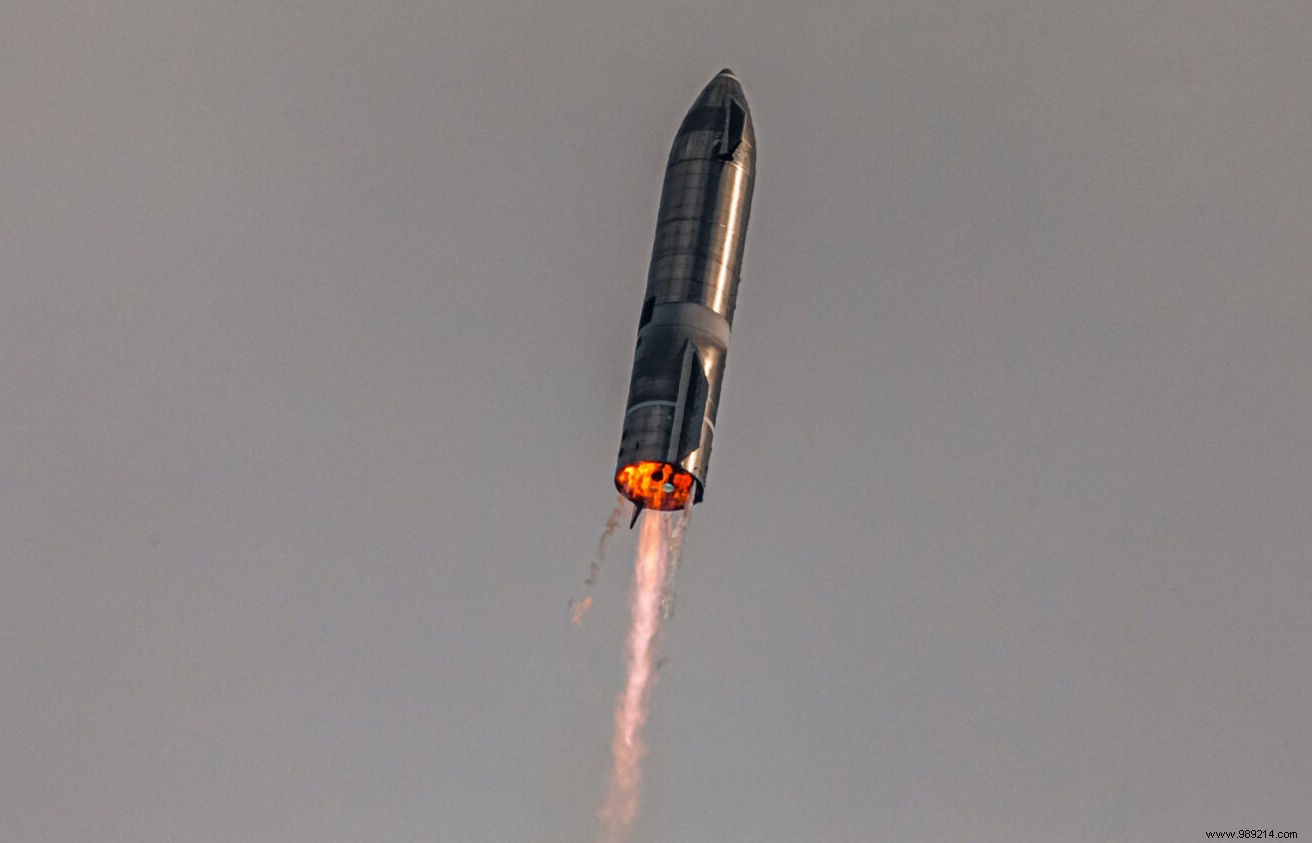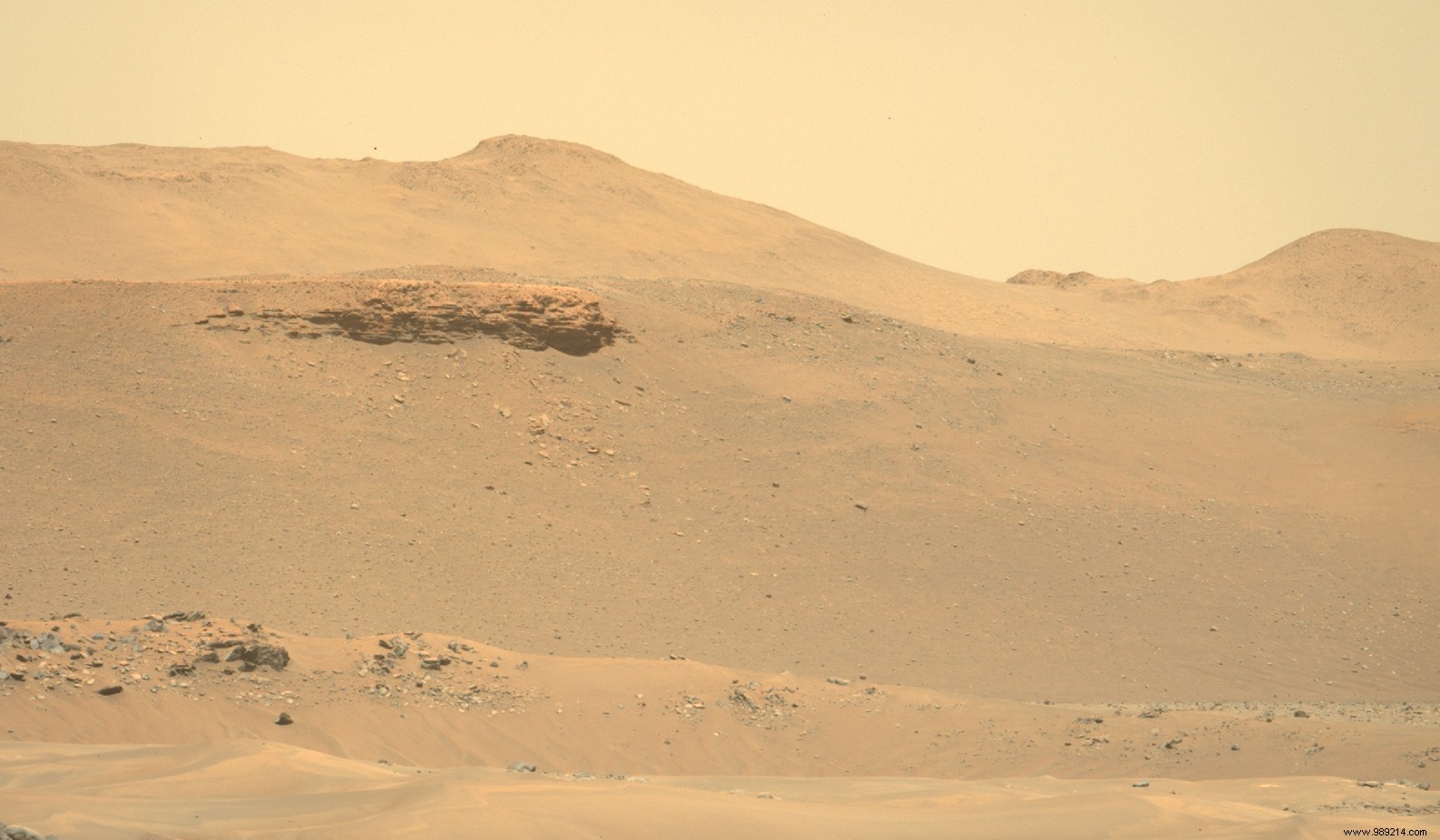Recently, NASA surprised everyone by selecting SpaceX (and only SpaceX) to supply its next manned lunar lander. By betting on the Starship, it gives itself the means to multiply missions at low cost. For its part, SpaceX will also need the American agency to go to Mars.
About a year ago, NASA announced the awarding of three contracts to Blue Origin, Dynetics and SpaceX to begin development of landing systems that will allow the next man and the first woman to land on the Moon in 2024 .
Over the past few months, these three providers have therefore developed their prototype. The Blue Origin and Dynetics teams submitted the most conventional designs. On paper, these two structures seemed efficient, but remained sized to bring only a few astronauts to the surface of the Moon.
SpaceX, on the other hand, has submitted a version of its Starship vehicle that will be able to carry many more people in a single trip in addition to being fully reusable . Of course, the Starship is also technically the most demanding of the three vehicles. To carry out its missions on the Moon and beyond, the company's engineers will indeed have to develop the technology to supply its vessels with methane and liquid oxygen in low Earth orbit. But NASA sees beyond the end of its nose.
Starship and Super Heavy vehicles should be able to deliver almost as many payloads in low orbit. However, SpaceX is already capable of building one ship per month. And eventually, each ship will be able to fly dozens of times.
So imagine the kind of space program NASA could develop with the ability to launch one hundred tons into orbit every two weeks instead of just one annual mission for two billion … On paper, there is simply no picture. In their decision to select SpaceX, NASA officials were therefore able to recognize this potential.
However, it was not a foregone conclusion. In the eyes of some, it seemed indeed difficult to imagine NASA fully considering the Starship before it managed to land without damage, which is not quite the case yet. SpaceX's ability to build and launch so many Starships from South Texas in recent months has obviously been enough to convince.
So NASA will fund SpaceX to the tune of 2.89 billion dollars for a first unmanned mission to the Moon, followed by a second with a crew. In other words, when NASA astronauts return to the Moon in a few years, they will do so inside a vehicle fifty meters high. This vision contrasts with the lunar module seven meters high inside which Neil Armstrong and Buzz Aldrin had piled up to land on the lunar ground in July 1969.

SpaceX engineers are now the best in the world at designing, building and flying innovative new rockets. However, to go to Mars, since that is the ambition of the company, building large rockets will not be enough . SpaceX will indeed need to rely on other capabilities necessary to ensure the survival of humans on the red planet. This is where NASA comes in.
The agency has indeed been conducting studies on deep space missions for decades, and is also working on air, water and other recycling issues. consumables on board the ISS for years, while in these areas SpaceX has only limited experience .
Furthermore, any human mission to Mars will raise questions of planetary protection and other international concerns. A government agency will also be needed to, for example, facilitate the development of nuclear energy on the planet Mars. Having NASA alongside SpaceX could therefore help solve all these challenges.

A question then arises:why is NASA funding a launch system that will directly compete with its SLS booster? ? It's still not very clear. For now, the SLS and its Orion spacecraft are still expected to be an essential part of the Artemis architecture. And for good reason, the development of these structures provides jobs in the fifty American states and supports hundreds of small businesses. In contrast, the Starship is viewed more as a "job killer" program, from the perspective of Congress.
Also, under the current plan, we will have to deal with three structures. A Super Heavy rocket will launch a Starship into lunar orbit. A few days later, an SLS rocket will launch a crew inside an Orion spacecraft that will dock with the Starship around the Moon. The crew will be transferred to the Starship which will drop them on the Moon. For the return, it will be the same principle.
However, this "threesome" may only be temporary. Ultimately, if the Starship is capable of transporting humans to the Moon directly from Earth, it is indeed difficult to imagine NASA encumbered with budgets of more than two billion per mission, while supporting a limited number of occupants. on board.